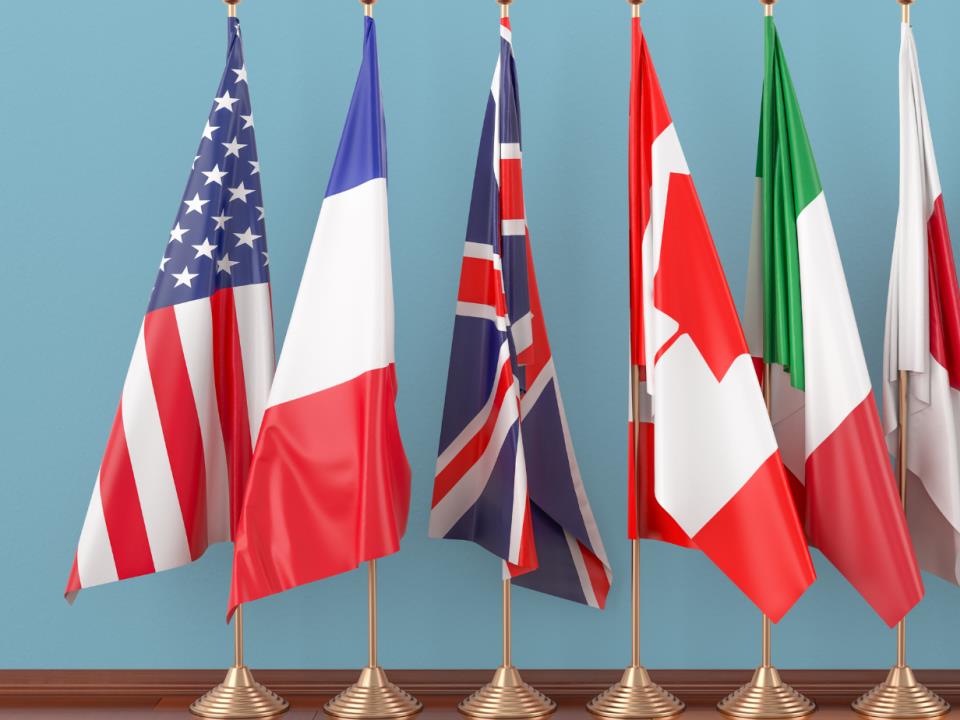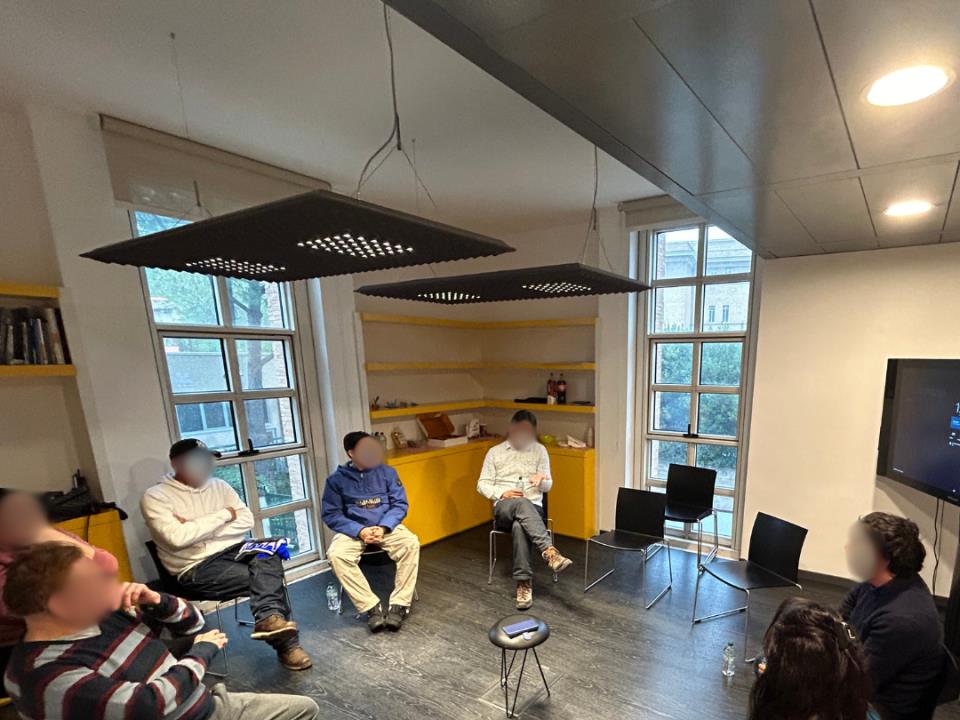Fabrizio Guidoni | Wall Street Italia | Speciale ESG
Annachiara Annino: the recovery of existing structures is the great challenge, with the enhancement of environmental resources. And Genoa also stands out for its need for sustainable mobility.
How important can it be to launch plans for the regeneration and relaunch of Italy's main marinas that are steered full force along a green route, and more generally in the wake of sustainable development? Not a trivial question, far from it, for the Italian country system and even more relevant for the inhabitants of individual port cities at a time when the NRPR (National Resilience and Revitalisation Plan) is increasingly taking shape in the name of sustainable investments in favour of technological and digital transition. An authoritative and far-reaching response comes from a new study, flagged by Lattanzio KIBS, on residents' attitudes towards Italian marinas to evaluate the launch of a model programme called HUB Green Ports.
'Relying on the experience of the Hub infrastructures - Annachiara Annino, partner Lattanzio KIBS, explains to Wall Street Italia - and supported by companies from different industries, Lattanzio KIBS came up with HUB Green Ports. The underlying idea is that designing well requires an ever-increasing public-private collaboration to effectively respond to the territorial welfare issues posed by stakeholders. Hence the importance for Lattanzio KIBS' experts of promoting a listening system to intercept the development trajectories and priorities of the territory in order to propose initiatives aimed at sustainable co-design, which resulted in a survey.
What are the cornerstones of the HUB Green Ports project? Annino goes straight to the point: 'The project focuses on a conscious use of the territory through
progressive electrification, respect for the seabed and mitigation of climate change risks thanks to innovative buoy fields, a better connection of the port to the city, and improved safety thanks to real time observation. The objective is to create a virtuous and highly integrated model that satisfies citizens and land users, creates efficiency in the port area, and creates positive spin-offs for the surrounding neighbourhoods, the city, and the region'. The driving desire is to propose a project in line with EU regulations and European funding, carrying out a feasibility assessment thanks to the contribution of the companies involved, all integrated with systems for monitoring innovative solutions
and impact assessment.
These are the objectives of the project. But what then emerged from the survey? 'The study,' Lattanzio's partner KIBS goes into detail, 'identified possible projects for the socio-economic development of individual cities, starting with marinas, through direct listening to the resident population in 10 Italian cities. In particular, it focuses on the data and information collected in Genoa compared to the average data and information of the other cities considered, in a benchmarking logic. The recovery of existing structures is the great challenge. Another key issue for the inhabitants of Italian port cities is the enhancement of the environmental resources in individual ports. But beware. Genoa also stands out for its need for sustainable public and private mobility'.
But how felt is the need for port regeneration with a strong green footprint? This is an approach that is still little known at a conscious level but which represents a great underlying desire. 'As many as one in three interviewees clearly state that they consider it a priority to create a Green Ports HUB model, characterised by two fundamental drivers: the promotion of sustainable port development and a strong green connotation. And on this front Genoa is in pole position' concludes Annino.
Underlining the results of the study and the project's potential is Marco Garbero, general manager of AESI, a member company of the HUB Green Ports: 'As Axpo Italia and Axpo Energy Solutions Italia, we are convinced that collaboration between the public and private sectors is essential for the redevelopment of urban contexts. On the one hand to return cities to functional contexts for new and changing needs, and on the other to offer everyone what is expected of city places today: functionality, sustainability and respect for the environment. This is why we have decided to enthusiastically welcome the proposal to become part of this programme to transfer our sustainability best practices to Italian ports as well. Indeed,
as a company that has been committed to efficiency and renewable energy issues in Italy for over twenty years, we are ready to make our know-how and our best professionalism available for this ambitious goal'.
Topics Local development | Corporate | Sustainability

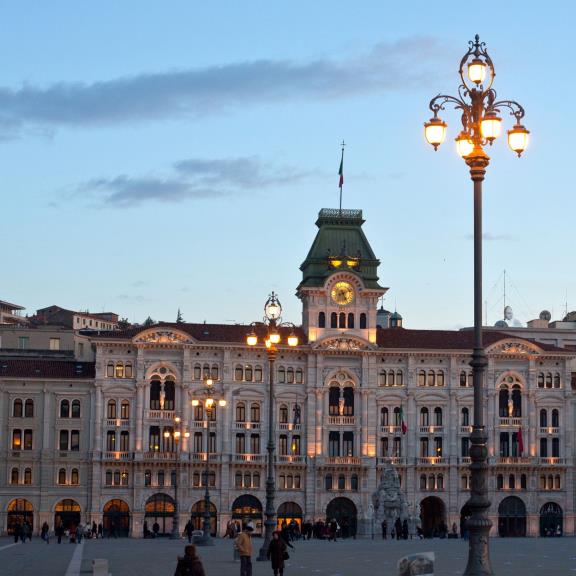
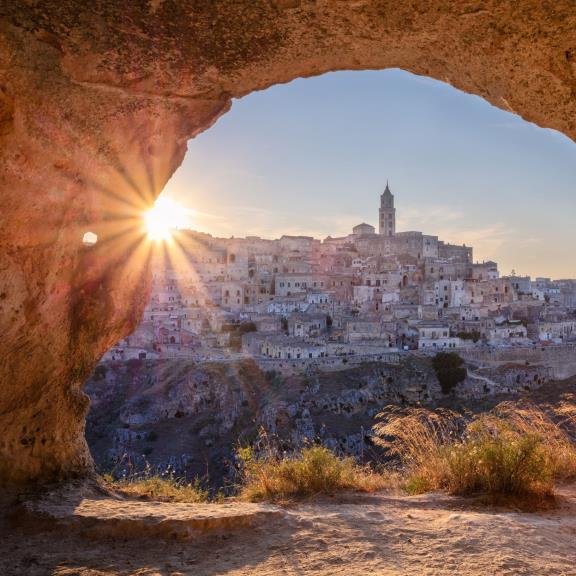
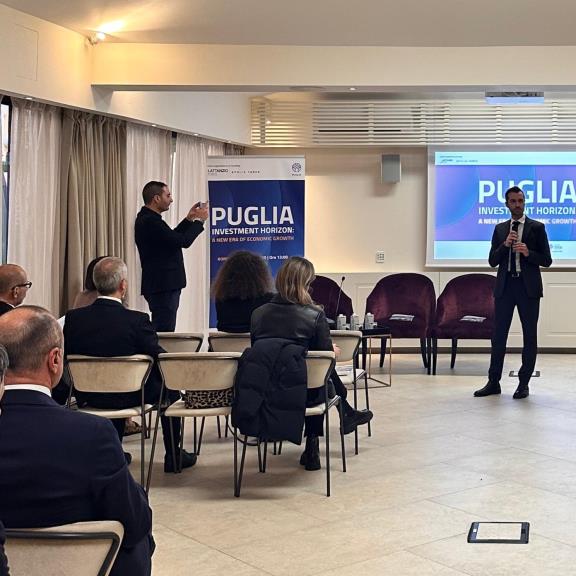
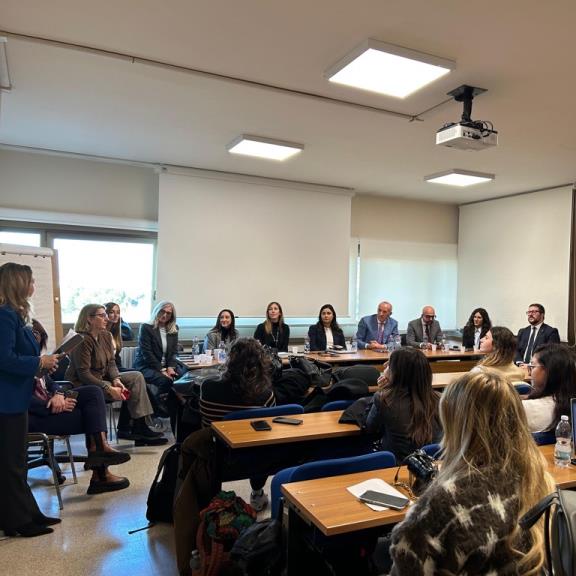
-960_720.jpg)










